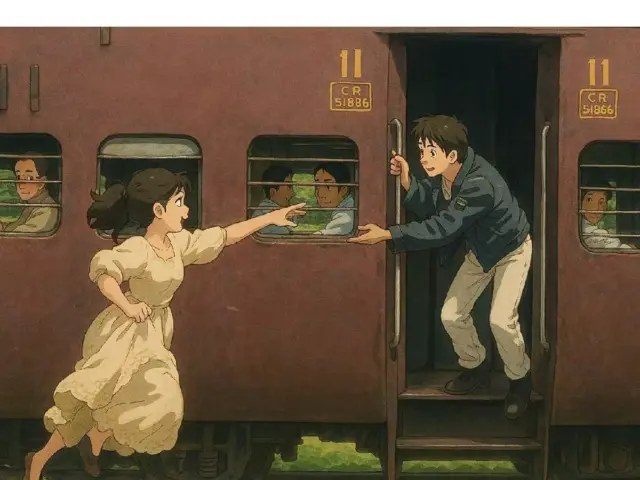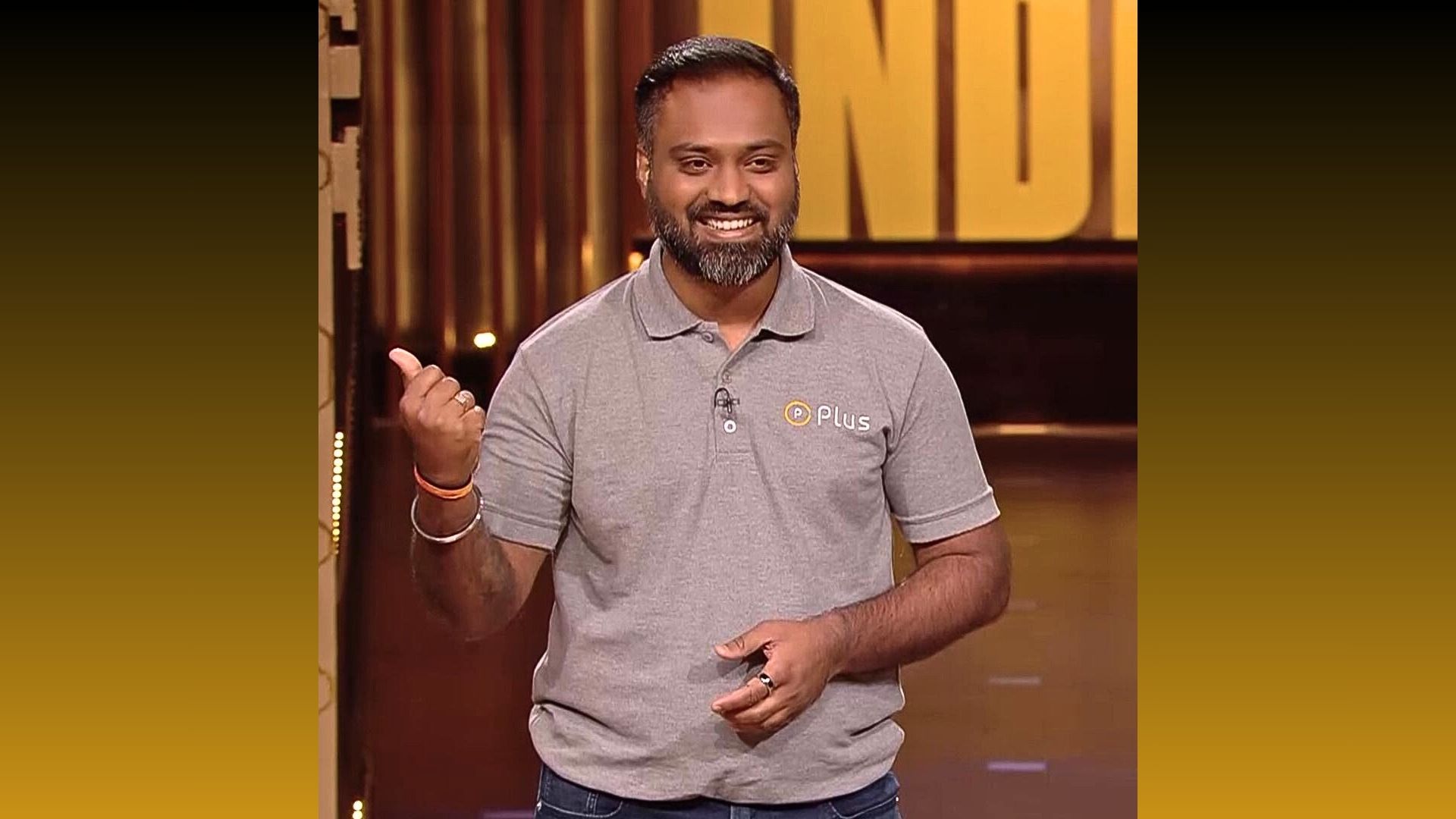
Have you noticed a sudden surge of breathtakingly beautiful, whimsical images flooding your social media feeds lately? Pictures of serene landscapes dotted with charming, slightly fantastical houses, portraits of children with wide, innocent eyes and a hint of melancholy, or perhaps a friendly forest spirit peeking out from behind lush greenery? If so, you’ve likely stumbled upon the latest internet sensation: a viral renaissance of the iconic art style of Japan’s beloved animation studio, Studio Ghibli, largely fueled by the new image generation capabilities of OpenAI’s ChatGPT.
For decades, Studio Ghibli has captivated audiences worldwide with its enchanting storytelling, deeply human characters, and, crucially, its distinct visual aesthetic. Founded by the legendary Hayao Miyazaki and Isao Takahata in 1985, the studio has produced some of the most cherished animated films of all time, including “Spirited Away,” “My Neighbor Totoro,” “Princess Mononoke,” and “Howl’s Moving Castle.” These films are not just entertainment; they are immersive experiences that explore themes of nature, childhood, pacifism, and the complexities of human emotions with unparalleled artistry and sensitivity.
The “Ghibli look” is instantly recognizable. It’s characterized by hand-drawn animation with meticulous attention to detail, vibrant color palettes that evoke a sense of warmth and nostalgia, and character designs that are both endearing and expressive. Think of the fluffy, gentle giant Totoro, the determined young Chihiro navigating a spirit world, or the fiery yet vulnerable Princess Mononoke protecting her forest. These images and the worlds they inhabit are deeply ingrained in popular culture, representing a pinnacle of animation artistry.
But how does ChatGPT, a text-based AI, factor into this visual resurgence? OpenAI recently rolled out significant upgrades to ChatGPT, allowing it to generate images from text prompts. This new feature has democratized the creation of visual content in an unprecedented way. Suddenly, anyone with an internet connection and a creative spark can conjure up images based on their imagination simply by typing a description.
And what has been one of the most popular styles users are experimenting with? You guessed it: the unmistakable magic of Studio Ghibli.
A quick scroll through platforms like Instagram, TikTok, and even X (formerly Twitter) reveals countless images bearing the hallmarks of the Ghibli style. Users are prompting ChatGPT with descriptions like “a cozy cottage nestled in a field of sunflowers, Ghibli style,” “a young girl with big brown eyes looking at a shooting star, anime, Studio Ghibli,” or “a friendly dragon flying over a misty mountain range, inspired by Miyazaki.” The results, while not created by the master animators themselves, often capture the essence and spirit of Ghibli films with remarkable accuracy.
This phenomenon isn’t just about imitation; it’s sparking a renewed appreciation for the studio’s work and introducing its magic to a new generation. People who may have never seen a Ghibli film are being drawn in by the captivating images, prompting them to explore the studio’s extensive filmography. Existing fans are finding new ways to engage with the beloved worlds and characters, imagining new stories and scenes within the familiar aesthetic.
The official Studio Ghibli has, as of yet, not released any formal statements regarding this AI-driven trend. However, the overwhelming positive sentiment surrounding it suggests that it’s being seen as a form of tribute and a testament to the enduring appeal of their artistry. In a world saturated with often generic and mass-produced digital content, the handcrafted charm and emotional depth of the Ghibli style stand out, offering a sense of comfort and wonder.
This viral trend also highlights the powerful connection between visual style and storytelling. The Ghibli aesthetic isn’t just about looking pretty; it’s integral to the emotional impact of the films. The lush backgrounds evoke a sense of connection to nature, the expressive character designs allow viewers to empathize deeply with their struggles and triumphs, and the overall atmosphere creates a sense of timelessness and magic. By recreating this style, even through AI, users are tapping into these same emotional chords.
It’s important to acknowledge the ongoing discussions and debates surrounding AI-generated art. Concerns about copyright, artistic ownership, and the potential impact on human artists are valid and need to be addressed. However, in the case of this Ghibli-inspired trend, it appears to be largely driven by admiration and a desire to participate in a shared cultural phenomenon.
This “Ghibli renaissance” sparked by ChatGPT’s new image feature offers a fascinating glimpse into how AI can interact with and influence artistic appreciation. It demonstrates the enduring power of iconic styles and how new technologies can provide unexpected avenues for their continued relevance and discovery.
So, the next time you see a beautiful, slightly whimsical image online that feels like it stepped out of a beloved animated film, take a closer look. It might just be another piece in the growing mosaic of a magical second life for Studio Ghibli, powered by the surprising capabilities of artificial intelligence and the enduring love for truly exceptional storytelling and artistry. This viral trend isn’t just about pretty pictures; it’s a testament to the timeless appeal of imagination, wonder, and the enduring magic that Studio Ghibli has brought to the world. Have you created your own Ghibli-inspired image yet? The possibilities seem as boundless as the fantastical worlds Miyazaki and Takahata so brilliantly brought to life.



![Will Your Next Doctor Be Your iPhone? Apple’s Bold AI Health Push with iOS 19 Apple's Bold AI Health Push with iOS 19]](https://www.pc-tablet.co.in/wp-content/uploads/2025/03/Apples-Bold-AI-Health-Push-with-iOS-19-238x178.webp)





![Will Your Next Doctor Be Your iPhone? Apple’s Bold AI Health Push with iOS 19 Apple's Bold AI Health Push with iOS 19]](https://www.pc-tablet.co.in/wp-content/uploads/2025/03/Apples-Bold-AI-Health-Push-with-iOS-19-100x75.webp)








